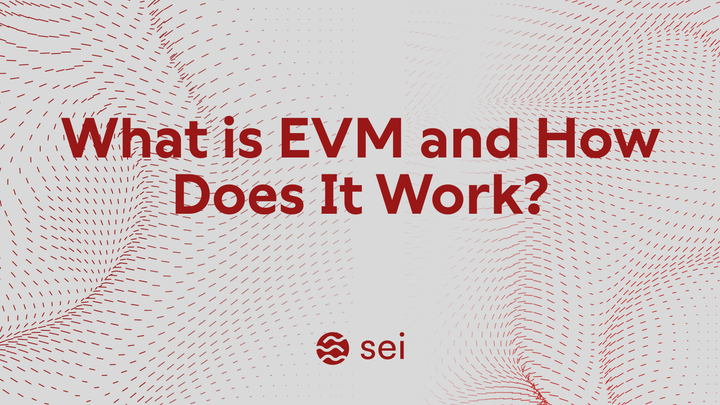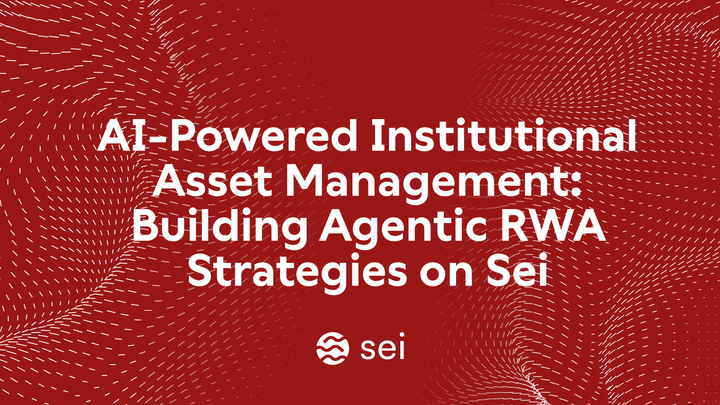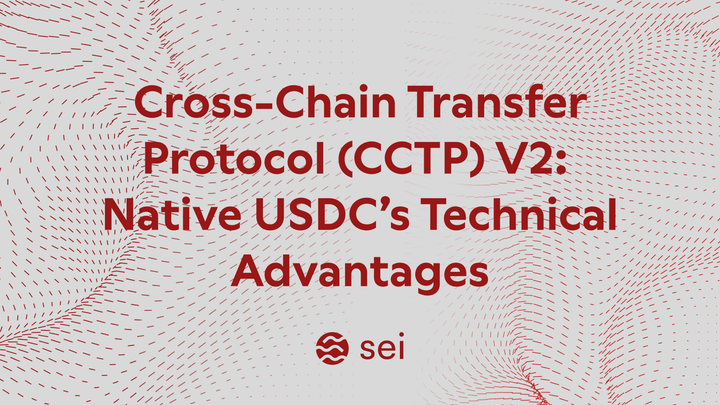Gasless Transactions: How Meta-Transactions Improve UX
Discover how gasless transactions simplify blockchain interactions and improve user experience. Does it increase adoption?
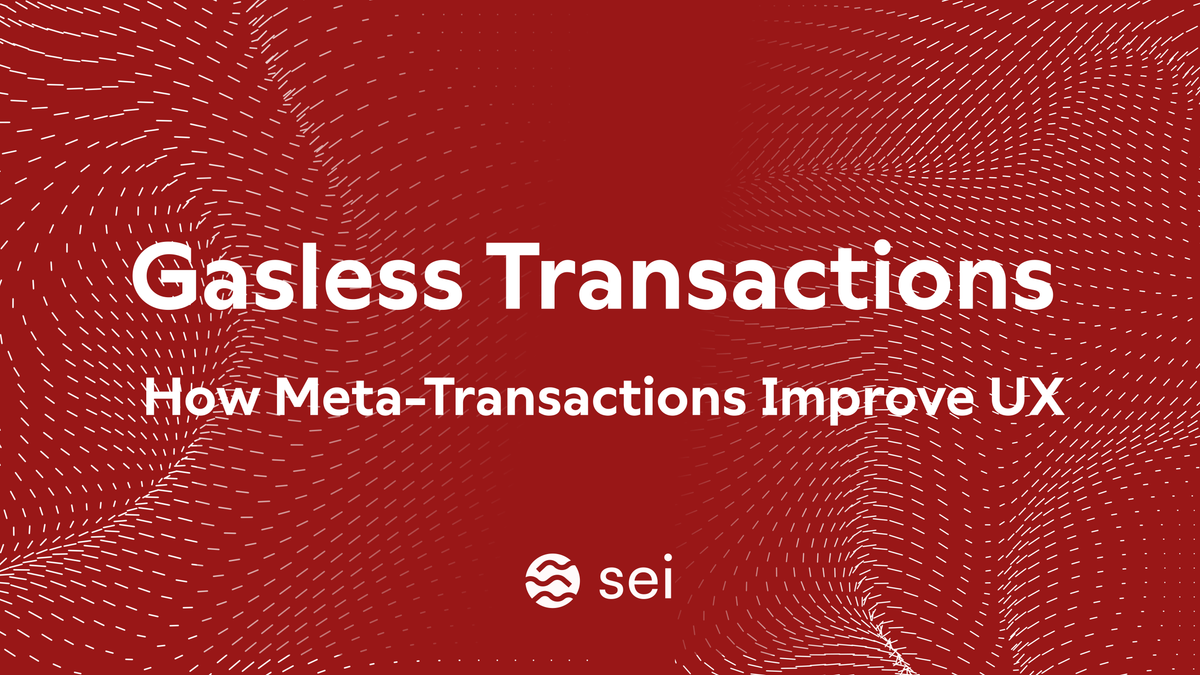
Blockchain applications face a usability hurdle due to gas fees.
Every transaction on a blockchain network requires users to pay a fee in the network’s native token. Meta transactions shift this burden away by making transactions gasless. In gasless transactions, a third party covers the gas fees, which acts as a sponsor or relayer service.
Since users don’t need to pay fees upfront, their experience improves.
In this article, we’ll take a deep dive into gasless transactions while exploring how meta-transactions improve UX.
Before we go deep, let's start with the basics.
What Are Gasless Transactions and Meta-Transactions?
Any transaction on a blockchain where the user isn’t the one paying gas fees is known as a gasless transaction. A dApp, sponsor, or relayer service pays the gas fee on behalf of the user. Such approaches encourage new users to onboard, giving them a glimpse of how easy it is to transact. In reality, the gas fees would exist, but they’re abstracted away from the user.
Typically, meta-transactions implement gasless transactions. It’s a transaction that is submitted to a blockchain by someone other than the user who initiated it. A user signs an offchain message containing the details of the action they need to perform. A third-party relayer takes the message, wraps it into a transaction, and broadcasts it over the network, paying gas.
In such transactions, the relayer becomes the actual sender and carries the user's intent in the message. Here, every action is authorized by the user's signature, ensuring the relayer doesn't tamper with the message and sends it as intended. This maintains trustworthiness even when a third party facilitates transactions.
How Meta-Transactions Work Across Different Blockchains
In meta-transactions, a user creates and signs a transaction intent offchain. It’s a cryptographic signature of what a user wants to do. It could be anything, such as calling a smart contract function or transferring an asset. Most importantly, this signed message includes no gas fee. It's not a complete transaction; it's just an authorization.
A relayer service then accepts the user’s signed message and turns it into a valid onchain transaction. The blockchain sees the transaction originating from a relayer and charges the relayer’s account for gas while processing the payload.
Here, the sender of the transaction is the relayer. Blockchains need a way to identify the true initiator. Trusted forwarders verify the signature from a user's original message to execute the desired action on the user's behalf. It unpacks a meta-transaction. Standards like ERC-2771 define how this flow works on Ethereum, ensuring the recipient contract trusts the forwarded call and retrieves the original sender’s address.
Finally, the recipient contract receives the call. Because of the forwarder pattern, the contract treats the user as the origin. The contract executes the action just like a user had sent a normal transaction themselves.
The core idea of meta-transactions remains the same across different blockchain networks, but its implementation may vary. For example:
- Ethereum and EVM Chains rely on standards like ERC-2771 or frameworks like the Gas Station Network (GSN) to coordinate relayers. Typically, contracts must be coded to accept a forwarded call and use the provided user address for logic.
- The NEAR Protocol introduced meta-transactions via a “DelegateAction.” A user signs a SignedDelegateAction and gives it to a relayer, which wraps it in a normal transaction that it signs. NEAR’s runtime then unpacks that delegate action, verifies the user’s signature, and executes the intended actions on behalf of the user.
Benefits of Gasless Transactions For Users
Below are some notable advantages when users don’t need to pay for gas.
- Fast onboarding. Users don’t need to purchase a token first before performing an action on the blockchain. It eliminates the hurdle that blocks many users while exploring blockchain for the first time. Gasless transactions create a faster onboarding process, creating a workflow similar to what users might experience on Web 2.0. For example, when someone posts on X (formerly Twitter), they don’t need to pay storage fees; the platform handles the cost.
- Accessibility and inclusivity. Gasless transactions make dApps more accessible to people in regions or communities where acquiring cryptocurrency is difficult due to regulatory issues or other factors. This strategy opens the door for broader global participation.
- Flexible monetization for dApps. Covering users’ gas fees can be seen as a form of user acquisition. DApp developers have flexibility in how they subsidize or charge for these costs. In this way, gasless transactions also allow for creative business models, much like free-to-play games or freemium services in traditional tech.
- Consistent multi-chain experience: Gasless transactions abstract confusing experience users get in multi-chain DeFi, where you might need ETH for Ethereum and POL for Polygon.
Challenges and Limitations of Gasless Models
While gasless meta-transactions improve UX, they also introduce new considerations and trade-offs. It's essential to understand the challenges and limitations when justifying the choice.
Relayer Trust and Centralization
By design, a third-party entity (relayer or sponsor) is involved in the transaction flow. If not designed carefully, it might become a centralized point of failure. Systems need reliable relayers to honestly forward transactions without dropping them. Decentralized relayer networks, like the Gas Station Network, and cryptographic checks mitigate some of this. But relayers can't alter the user's signed request without invalidating it.
However, when relying on an external service, it certainly adds some form of dependency. If there's an outage or unexpected behavior, it directly impacts the UX. To counter this, dApps often run their own relayer infrastructure or rely on multiple relayer services for redundancy.
Abuse and Spam Prevention
If transactions are "free" for the user, what prevents malicious actors from spamming the network or the relayer with endless requests? This is a tricky problem. Usually, gas fees serve as an economic disincentive for spamming. In a gasless scenario, the dApp or relayer must impose limits to prevent abuse. Standard solutions include rate limiting (e.g., limiting X free transactions per user per day) or using CAPTCHAs or human verification for free transactions.
Some systems require users to hold a certain NFT or token to be eligible for gasless service, indirectly limiting spam. Without such measures, a free relayer could quickly be drained by bot activity or a denial-of-service attack.
Economic Sustainability
Someone ultimately has to pay the gas fees. It might be the dApp developer, a DAO, a marketing budget, or an infrastructure provider looking to monetize elsewhere. Over time, these costs can accumulate, especially if usage increases. It’s a good problem to have, but a problem nonetheless.
DApps need a strategy to sustain gasless transactions economically. This could involve monetization, where the dApp charges a small protocol fee to cover gas, subsidizes fees only for profitable user actions, or uses external funding.
Security Considerations
Users typically sign messages with details such as the function to call, the contract, and so on. If the signing process or the domain separator is not secure, there's a risk that users could be tricked into signing a malicious payload.
Robust standards like EIP-712 help by making the signed data human-readable and tied to specific contracts.
Moreover, the relayer must be trusted not to front-run or extract value. Decentralized relayer networks and economic incentive alignment help mitigate this.
Complexity for Developers
Implementing gasless features adds complexity to dApp development and architecture. Developers need to either incorporate a meta-transaction SDK or service or write additional smart contract logic, like integrating an ERC-2771 forwarder.
This means more code, more things to test, and a potential need for contract upgrades to support the new transaction flow.
Projects also face the challenge of ensuring backward compatibility. If developers have an existing contract, they should modify it to be meta-transaction aware. For example, changing how it reads the msg.sender when using a forwarder.
What Is Needed to Implement Gasless Transactions?
A variety of libraries, services, and standards exist to help you integrate meta-transactions into dApps:
OpenGSN (Gas Station Network)
The Gas Station Network is a decentralized network of relayers originally developed to facilitate gasless transactions on Ethereum. OpenGSN (now in version 3) offers contracts and a network of community-run relayer nodes.
Developers integrate the GSN by adding a recipient contract interface and depositing funds that relayers draw from when they relay a transaction.
Interestingly, developers don't need to run their own servers. They can simply tap into the shared pool of relayers.
From a tooling perspective, OpenGSN provides JavaScript libraries and APIs to assist with sending meta-transactions from the client side. It abstracts much of the complexity, allowing developers to focus on their application logic.
Biconomy
Biconomy offers easy-to-use APIs and SDKs for gasless transactions, among other features. Developers can use Biconomy's SDK to integrate meta-transactions into their dApp with just a few lines of code.
Biconomy operates a relayer network under the hood, handling the transaction wrapping and forwarding. Notably, Biconomy has been integrated into various dApps and even other blockchain ecosystems. For example, the Sei Network added Biconomy support to leverage account abstraction (ERC-4337, ERC-7702) capabilities on Sei.
📢 The @SeiNetwork gets even faster by integrating Biconomy's orchestration infrastructure
— Biconomy (@biconomy) September 19, 2025
We've equipped the fastest chain with the onchain orchestration infrastructure it deserves.
What does this mean for developers? 👇
Your SEI applications can now ship with… pic.twitter.com/tl3Y920n6Y
ZeroDev
ZeroDev, by Offchain Labs, offers a "smart account-as-a-service" SDK designed for simple integration. It bundles a smart account wallet, session keys (for "approve-once" transactions), and a paymaster into one package, making it fast for developers to implement Web2-style logins and gasless transactions. As a multi-chain toolkit, ZeroDev's SDK is available for developers building on Sei to power seamless user experiences.
Alchemy
Alchemy provides a comprehensive Account Abstraction SDK that works with their robust node infrastructure. This allows developers to create smart accounts for users and leverage Alchemy's Paymaster services to sponsor transactions. Developers on Sei can use Alchemy's account abstraction tools, backed by their reliable infrastructure, to manage and sponsor user operations.
Why build with less when you can Sei more? 🔴
— Alchemy (@Alchemy) February 25, 2025
Alchemy + @SeiNetwork = Two builder-obsessed teams delivering parallel transaction processing so you can scale your biggest ideas 💡 pic.twitter.com/bVeVr8rkUR
Thirdweb
As a full-stack Web3 development platform, Thirdweb integrates gasless transactions as a core feature of its products, especially its In-App Wallets. It abstracts the complexity away, allowing developers to enable gas-sponsorship for their users through a simple dashboard toggle, with Thirdweb managing the smart accounts and paymasters. Thirdweb is widely adopted across the web3 ecosystem, enabling account abstraction support for sponsored EIP-7702 transactions on Sei Network, among others.

Pimlico
Pimlico is a specialized infrastructure provider focused entirely on AA (Account Abstraction). They offer high-performance, production-grade Bundlers and Paymasters, giving dApps the power to reliably sponsor gas fees at scale. Pimlico is a key account abstraction infrastructure partner in the ecosystem, including for Sei, with a dedicated guide in the Sei Docs for integrating its bundler and paymaster services.
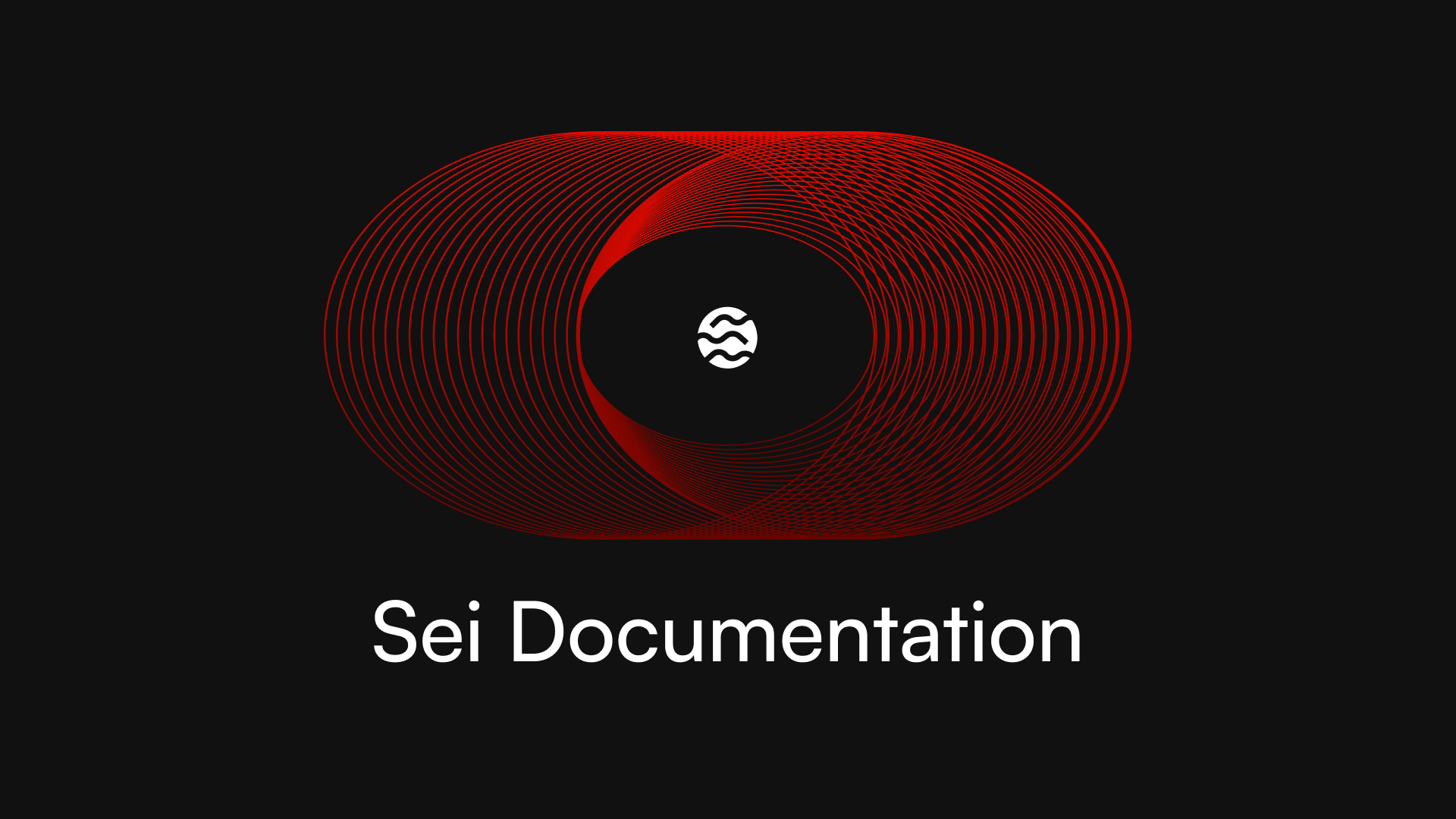
Particle Network
Particle Network provides a Smart Wallet-as-a-Service (WaaS) and chain abstraction infrastructure. Its core stack enables Universal Accounts, which give users a single, unified account and balance across multiple chains, powered by ERC-4337 smart accounts. This technology, combined with social logins and Universal Gas (allowing users to pay fees in any token), is designed to abstract away multi-chain complexities for a seamless, Web2-like user experience. Developers on Sei can integrate Particle's SDK to build dApps with simplified onboarding and to sponsor user transactions.
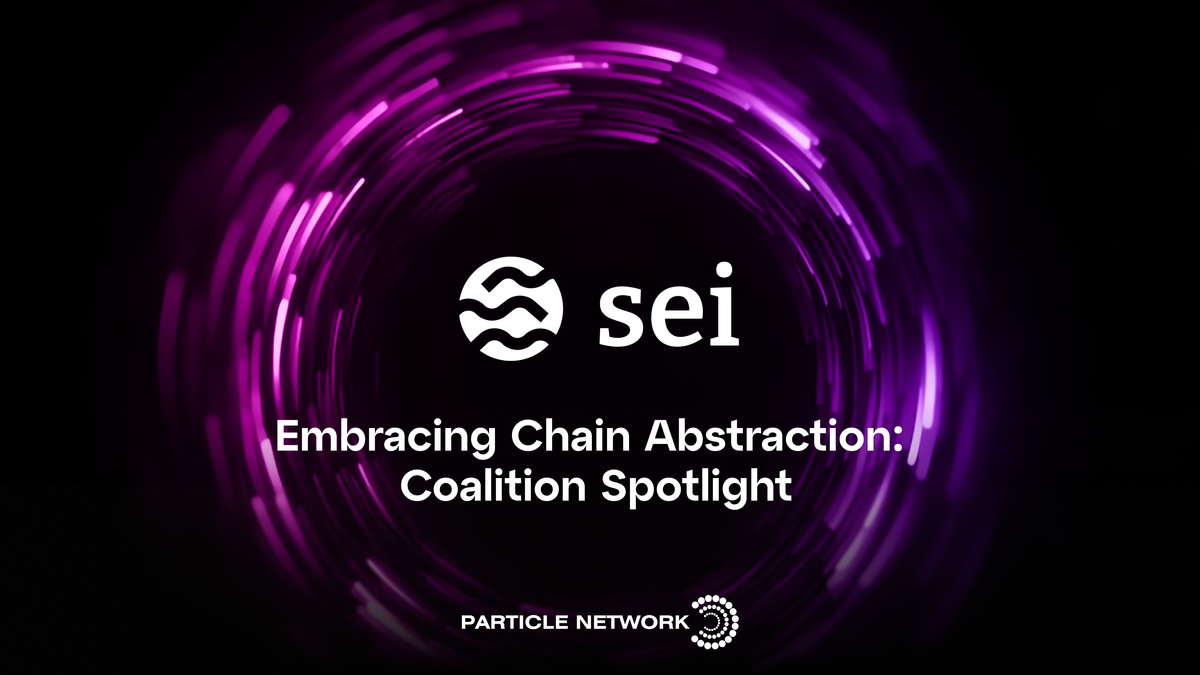
Custom Relayer Services and Cloud Functions
Some developers roll out their own simple relayer server. This could be as basic as a cloud function that listens for signed meta-tx requests, such as an API call or message queue, and then uses a wallet key to forward them onchain. The complexity here is maintaining the relayer's uptime and security.
Open-source packages like NodeJS relayer templates (using ethers.js) exist to fast-track this setup. Still, developers need to handle fund management, ensuring the relayer always has ETH/BNB/etc. for gas and potentially a database to track nonces and fulfilled requests.
On the smart contract side, integrating meta-transaction support means using existing libraries. OpenZeppelin’s Contracts library provides an ERC2771Context contract module that dApps inherit to handle trusted forwarder calls easily.
There are also reference implementations of minimal forwarder contracts, as in EIP-2771 specs, that can be deployed. For signing, libraries that implement EIP-712 typed signatures help ensure the user is signing the correct structured data that the contract expects. This saves developers from having to reinvent the wheel.
Real-World Use Cases and Examples
Gasless transactions and meta-transactions are not just theoretical; they’re being used across various domains in Web3.
Here are some real-world use cases and examples:
In blockchain gaming, players are used to free-to-play games and seamless transactions of in-game assets. Requiring gamers to purchase crypto just to start playing a blockchain game is a non-starter for mainstream adoption. Many blockchain games have adopted gasless transactions, allowing players to focus on gameplay rather than managing their wallets.
Consider Nika Labs, for example:
Let's take a look at how @nika_labs is taking Archer Hunter to the next level - powered by @SeiNetwork’s speed and built for seamless onchain play, even on mobile ⚡️ https://t.co/GL3JSRJjT5
— Gaming On Sei (@GamingOnSei) October 8, 2025
On the consumer apps side, many applications that position themselves as “Web2.5” use gasless under the hood. For instance, Reddit’s Community Points integration attempted to make the wallet and gas aspects invisible. However, they had to sunset the community points aspect due to the regulatory environment, which added scalability challenges.
Beyond these, there are several other emerging use cases of gasless transactions, making them a differentiator in terms of UX. Regulations may add challenges, but it's important to understand regulatory standards that apply based on geographic location and other factors. If easier to manage and scale, these meta-transactions have the capability to drive UX and adoption to great heights.
Gasless Transactions on Sei
Sei delivers gasless transactions through account abstraction. This design lets developers easily integrate third-party infrastructure providers, like Biconomy, Particle Network, Alchemy, and Pimlico, to sponsor transactions for their users. This enables end-users to interact with a dApp immediately without the classic Web3 hurdle of needing to acquire a native token just to pay a gas fee.
Sei was designed for high performance, which has a direct impact on the viability of gasless models. For a dApp to afford sponsoring millions of "free" transactions, the cost of each one must be trivial. Sei provides this foundation, delivering:
- Rapid Finality: A 400ms time to finality and block time.
- Massive Throughput: The ability to manage up to 100 megagas per second.
Importantly, developers can implement these sophisticated, scalable applications confidently using the EVM tools and support they already know. This powerful combination—a seamless user experience, the raw performance to make it sustainable, and an EVM-friendly environment—is why Sei is the preferred choice for developers building for mass adoption.
Explore Sei’s ecosystem.




